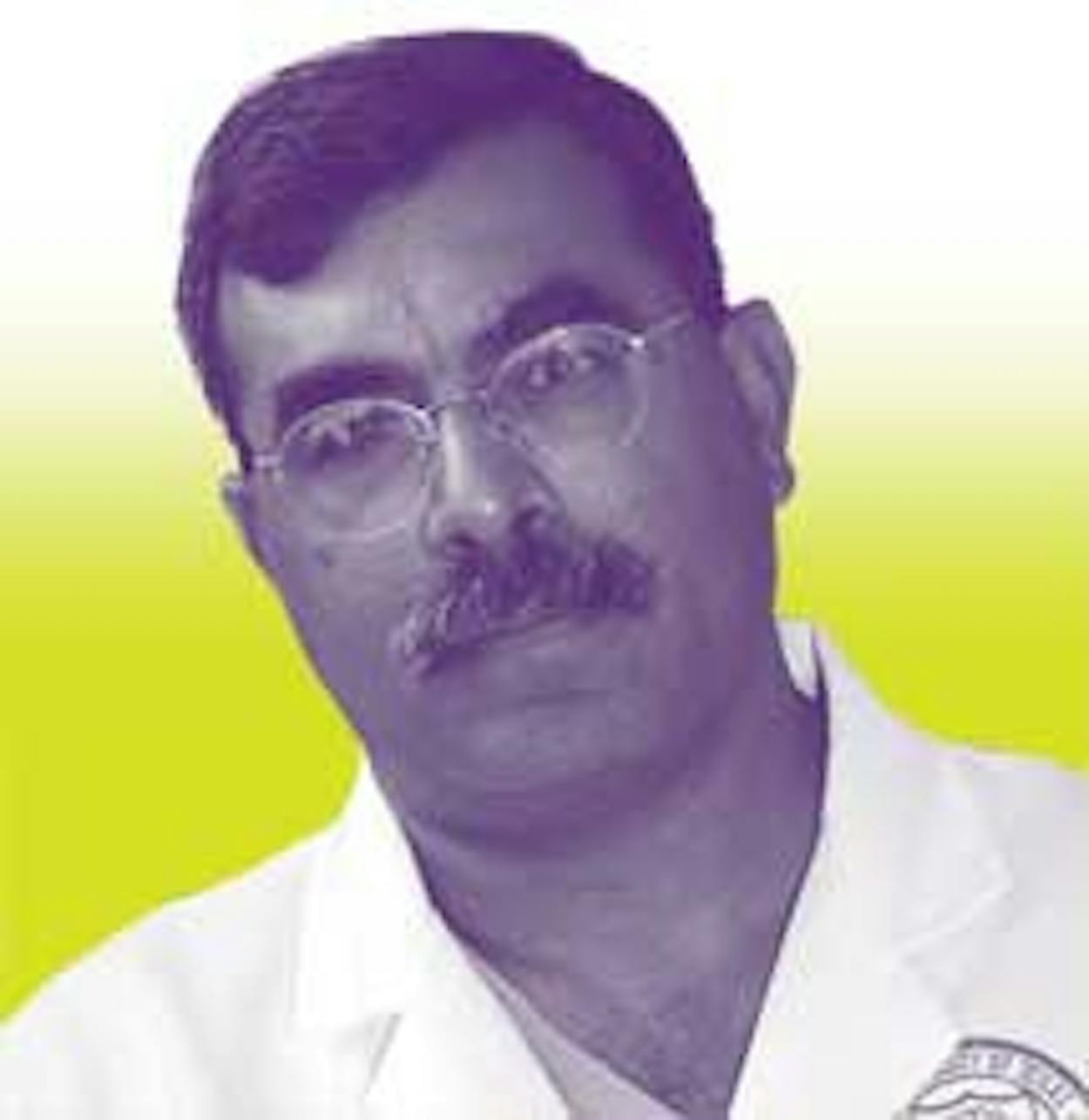The mysteries of AIDS are starting to unravel in the laboratory of this professor of medicine, microbiology, immunology, and biochemistry at the UT Health Science Center at San Antonio. Working with, among others, Dr. Matthew Dolan, formerly of the Wilford Hall Medical Center, at Lackland Air Force Base, Ahuja has helped identify the ways in which a person’s genetic makeup can influence the risk of contracting HIV or delay or accelerate the progression of HIV to AIDS. He’s also begun to understand how gene mutations account for the progression of HIV to AIDS in European, Hispanic, and African Americans. The upshot of this groundbreaking research is that HIV drugs and vaccines could one day be tailored to a genetic profile. Just as significantly, Ahuja’s work also challenges the notion that the amount of HIV in the blood is what influences susceptibility to AIDS. Praised as a peerless teacher and recruiter of researchers and faculty, Ahuja has degrees from the Armed Forces Medical College, in his native India, and the University of Alberta, in Canada, and trained at the National Institute of Allergy and Infectious Diseases; the famed immunologist Dr. Anthony Fauci has called him “clearly among the brightest, most dynamic, and most impressive young physician-scientists I have encountered over the last fifteen years.”
A Web Exclusive Interview
How close are we to designing HIV drugs for specific genetic profiles?
I think we are a long way off. Studies conducted thus far, however, have demonstrated that understanding a person’s genetic profile can help in many ways. The profile can assist in identifying genes that play a key role in HIV transmission and disease progression. It can also play a part in the discovery of new therapeutic agents, and help identify patients who might have a greater likelihood of an allergic reaction to specific drugs.
For example, HIV requires two molecules that are expressed on the surface of immune cells, such as CD4+ T cells, to enter these cells. These molecules are produced by a gene called CD4 and another gene designated as CC Chemokine Receptor 5 (CCR5). Genetic studies have demonstrated that individuals of European descent have a specific genetic defect in CCR5. Individuals harboring this genetic mutation in CCR5 are highly resistant to acquiring HIV infection. Armed with this information, pharmaceutical companies raced to develop new therapeutic agents that ‘block’ the entry of HIV through CCR5. A CCR5 blocker was recently approved by the FDA for the treatment of HIV-positive patients.
A drug that is given commonly to HIV-positive patients is Abacavir. Doctors have found that some patients who received this drug developed hypersensitivity (allergic) reactions. Studies showed that patients with a specific genetic marker have an increased risk of developing such allergic reactions. After observing that Caucasian patients were at an increased risk of Abacavir hypersensitivity reactions, it has been proved that the strongest predictor of the reaction is the presence of the human leukocyte antigen (HLA) subtype B*5701.
One of the greatest advances in HIV medicine was the introduction of highly active antiretroviral therapy (HAART), which includes several drugs that are very active in reducing the viral load or burden in HIV-infected patients. Without HAART, HIV-positive patients have a progressive loss in CD4+ cell counts, whereas those who receive HAART have a recovery in their CD4+ cell counts. However, it soon became apparent that, despite the reduction of the viral load by HAART, the response to this therapy can vary significantly between patients. Thus, some patients have a robust increase in CD4+ cell counts, whereas others have a muted response.
Can a cure for AIDS be found through this genetic research?
In the early stages of the HIV epidemic, when antiretroviral drugs were unavailable to prevent the transmission of HIV from mother to child, a large proportion of children born to HIV-infected mothers resisted acquiring HIV infection. I suspect that genetic factors might underlie a vast majority of this resistance. Therefore, I am hopeful that genetic studies will help elucidate the host factors that confer protection against transmission, and help in the discovery of new drugs and an effective vaccine, the ultimate “cure.”
You run a program for high school, college, premed, and pre-PhD. students. How important is that next generation?
Without a cadre of highly trained scientists, we are going to lose the battle against established major diseases such as atherosclerosis, HIV/AIDS, and cancer, as well as emerging diseases we do not yet know about. There is a rapidly dwindling number of physician-trained scientists—physicians who conduct research are considered to be a “dying breed.” The funding available for conducting research is also decreasing rapidly, and this is placing a significant damper on our ability to encourage students and trainees to consider research as a vocation.







